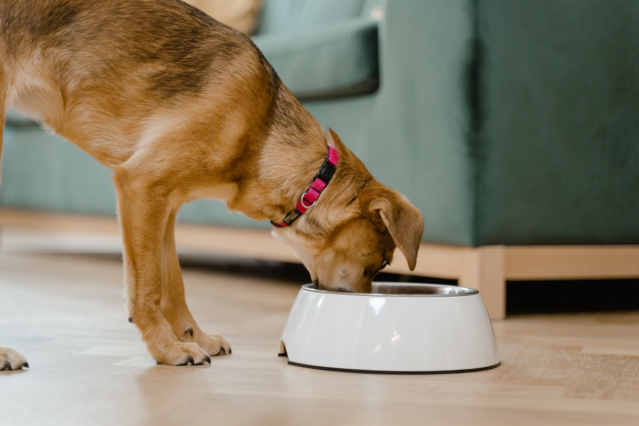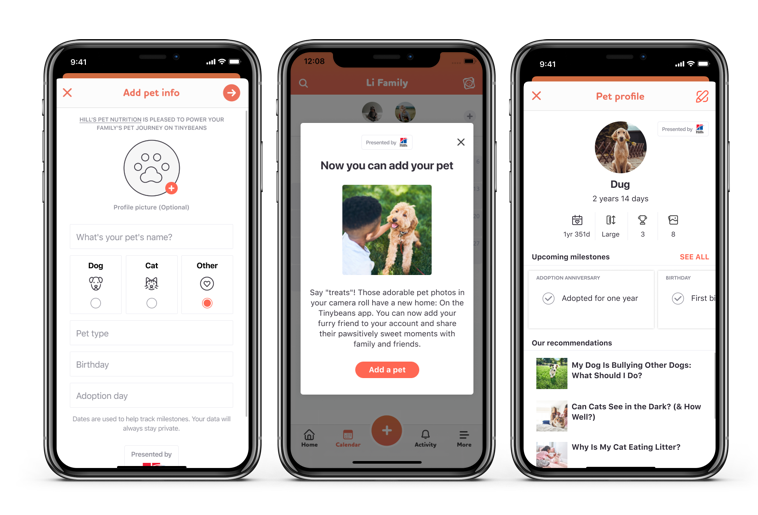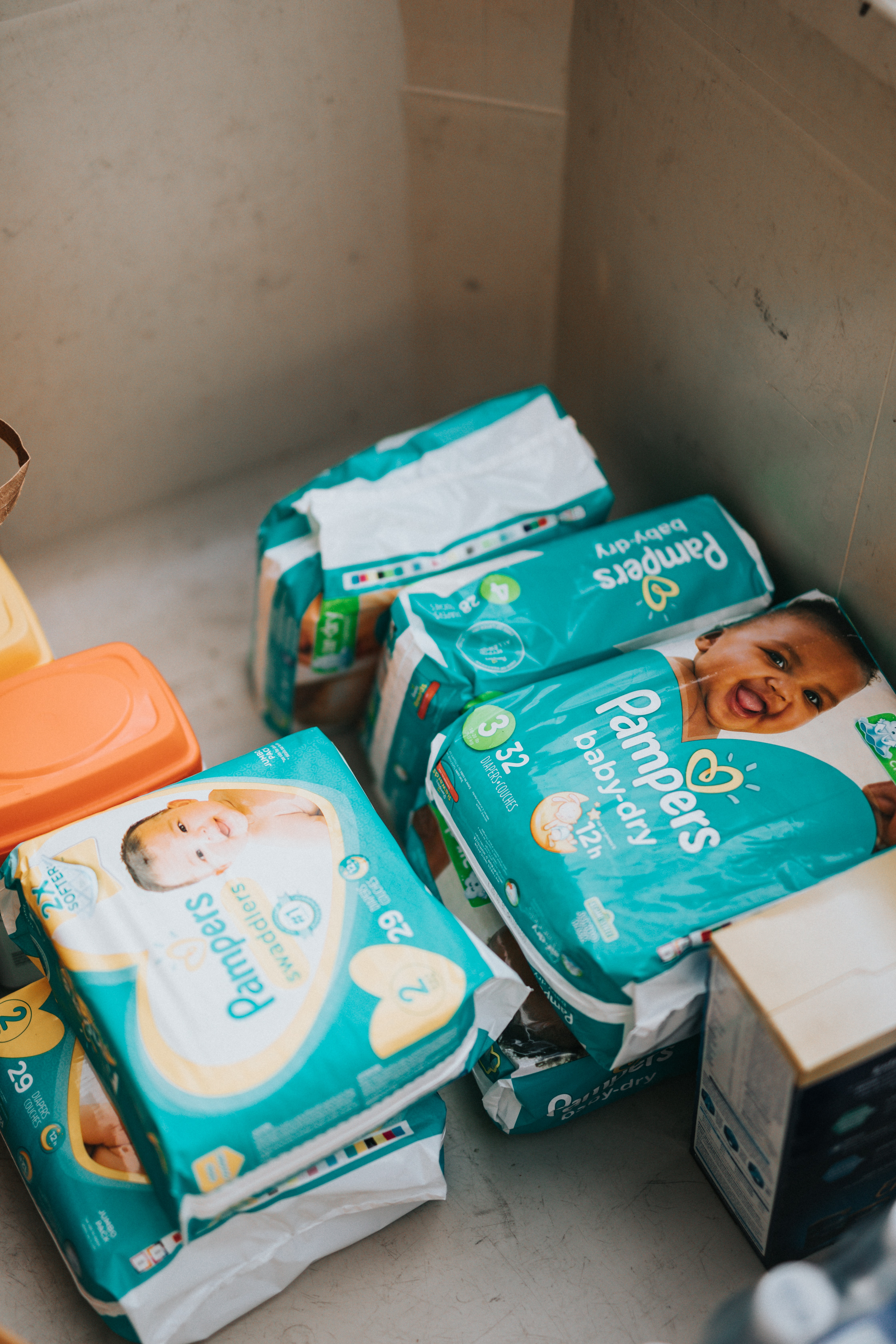In our teen years, skincare meant using the St. Ives apricot scrub a few times a week and lathering on a mud mask complete with cucumber rounds for a relaxing at-home spa session. And we might have even slathered on Hawaiian Tropic tanning oil once in a while (we’re sorry! We knew nothing!). Looking back as adults, there are plenty of things we wish we hadn’t done—and we’re not the only ones. Even doctors regret how they treated their skin in their youth. In a recent TikTok, dermatologist and teen skincare expert Dr. Brooke Jeffy shared three of her biggest skincare mistakes from her teen years, and we feel seen.
@brookejeffymd 3 Things I Wish I Knew as a Teen ☀️ NOT to tan! I worked at a tanning salon and have since spent a lot of time and money repairing that damage. Now, I just have to sit and wait for my skin cancer because it feels inevitable. 💧 Oily skin doesn’t mean you shouldn’t use moisturizer. Lack of moisture can actually cause your skin to produce more oil in an attempt to hydrate itself. 🌀 Less is more with exfoliating. I remember using all sorts of scrubs and sugar on my face, which was way too harsh. #Dermatologist #Derm #TeenSkincare #TweenSkincare #SkincareTips #SkincareRoutine #SkincareForBeginners
1. Tanning
This is Jeffy’s biggest skincare mistake. Not only did she tan, but she worked at a tanning salon and now says she’s spent a lot of time and money fixing the damage done to her skin. “I just have to sit and wait for my skin cancer because it’s coming,” she laments.
And she’s got reason to worry: Hours of lying out in the sun or in a tanning bed have devastating consequences for the skin. The truth is, there’s no such thing as a “safe” tan, according to the Skin Cancer Foundation. One out of every five Americans will develop skin cancer by the age of 70, and if you saw the inside tanning bed before the age of 35, there’s a 75% increase in the risk of developing life-threatening melanoma.
2. Not using a moisturizer on oily skin.
With hormones working overtime, many teens have extremely oily skin. But this doesn’t mean they shouldn’t use moisturizer, Jeffy says. “Lack of moisture can cause your skin to produce more oil to attempt to hydrate itself,” she says. In previous TikToks, Jeffy has mentioned that moisturizer is one of the skincare steps teens should embrace while saying no to serums, acids, and most toners.
3. Exfoliating
Despite what’s being marketed to us (ahem, St. Ives), less is more when it comes to exfoliating, Jeffy explains. She says she’s as guilty of this skincare mistake as the rest of us: “I remember using all sorts of scrubs and sugars on my face. Way too harsh.”
What’s extra worrisome right now is that teens are embracing a bunch of unnecessary skincare products. Jeffy has commented on the safety of viral skincare products teens are using, and guess what? Not a single exfoliator or serum gained her approval. So have your kids stick with the three tried-and-true products—face wash, moisturizer, and sunscreen—and they won’t be dealing with as many skincare mistakes and health risks (sunspots, wrinkles, cancer scares) as we olds are today.



















